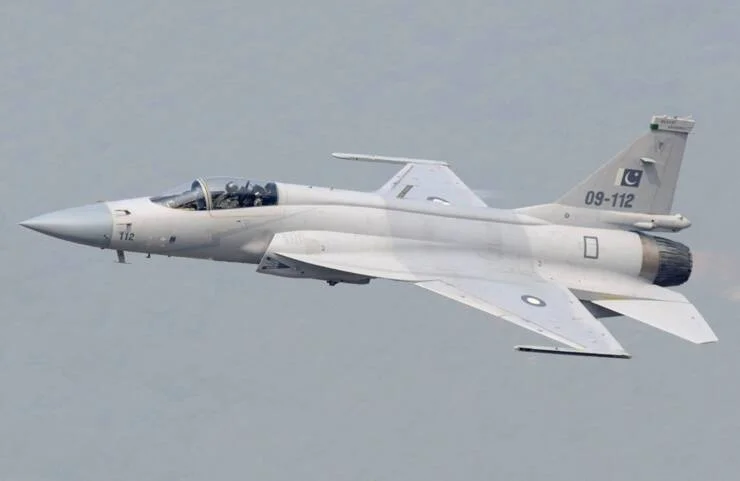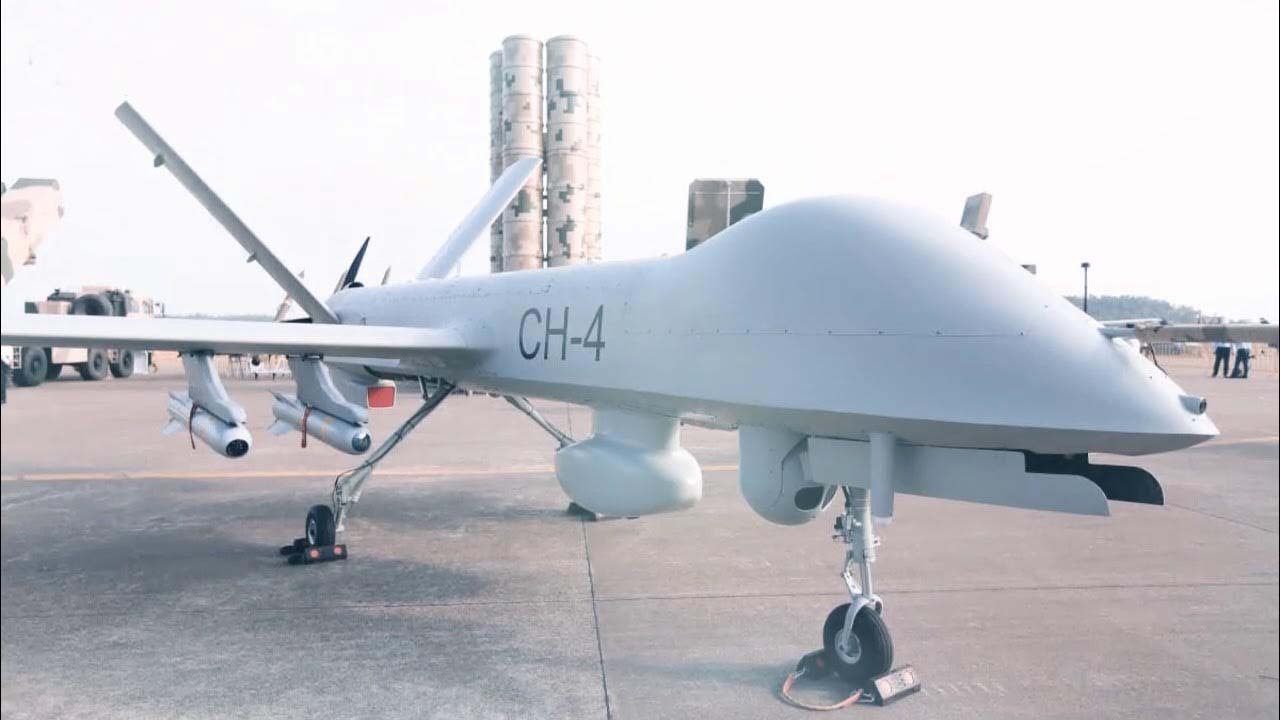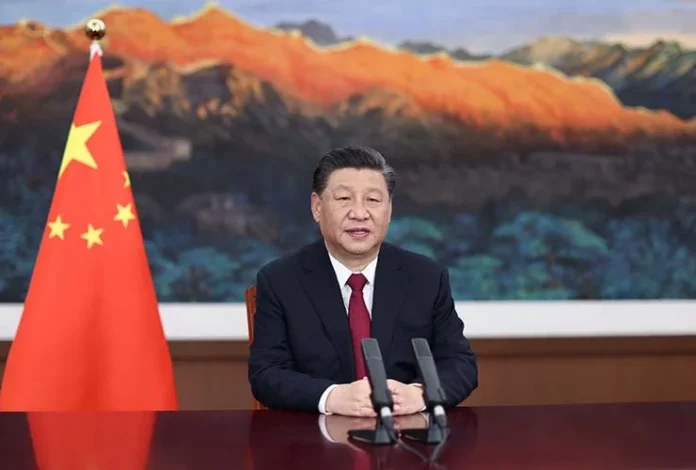When it comes to an arms race, China tries its best to compete with global leaders such as the US, Russia, France, Germany, Europe, and Israel in the production of advanced military technology. The second economic power of the world also wants to see its military technology get as much attention and demand as American or other international defence companies get.
But the record shows otherwise. In the last four years, as per the Stockholm International Peace Research Institute (SIPRI) annual report, published on December 2, on the revenues of the top 100 international defence firms, total sales of 100 arms and military services reached $632 billion in 2023, an increase of 4.2% from 2022.
China’s Declining Arms Sale
Of the top 100 defence firms, 41 of US companies maintained their No 1 ranking for global arms revenue at $317 billion, growing by 2.5% over 2022. But only nine Chinese companies figured on the top 100 list. Of this, five recorded a decline in their arms sale revenues, the SIPRI said in its latest report.
Economic slowdown has been cited by the Swedish institute as the key reason for the decline. However, China watchers say that in truth, Beijing lacks the necessary wherewithal to produce quality military technology. Along with this, it has a very poor track record of providing after-sales support to its customers.
SIPRI’s March 2023 report speaks volumes about it. According to the Swedish research institute, China’s weapon supply showed a 23% decline between 2013-17 and 2018-22. It cannot be ruled out that the production of substandard defence technology by Chinese companies is one of the key reasons behind the rapid shrinkage of China’s defence market in the world. Most of the military weapons that China produces are those which are based on outdated technology that it copied from the West.
This situation has emerged because the US-led West has imposed sanctions on China, thereby, barring it from acquiring critical defence technology, experts argue. Besides, deep-rooted corruption in the East Asian country’s military and defence industry with its corrosive impact on the production of quality defence technology is also a major reason for substandard made-in-China weapons.
Earlier this year, an under-construction Chinese nuclear-powered attack submarine sank at the pier of Wuchang Shipyard in Wuhan. According to The Wall Street Journal, which broke the news, the submarine, manufactured by the state-owned China State Shipbuilding Corporation (CSSC), was going through final outfitting at the time of the accident, which happened in May-June 2024.
An under-construction Chinese nuclear-powered attack submarine sank at the Wuchang Shipyard in Wuhan. According to The Wall Street Journal, the submarine was going through final outfitting at the time of the accident in May-June 2024
Lack of Capability to Build Quality Weapons
The incident reflected the poor state of affairs of China’s defence technology manufacturing capability. It is apparent when Bangladesh, Pakistan, Myanmar, and Nigeria – major buyers of Chinese weapons, express their concerns over the purchase of arms from Beijing.
Bangladesh, in particular, is furious over its inability to mitigate problems arising from the supply of faulty spare parts for its corvettes, petrol vessels and onshore petrol vehicles by China. It is already facing issues with Chinese-made K-8 jet trainers, FM-90 air defence missile systems and MBT 2000 tanks. The South Asian country has replaced China-made Multi Launch Rocket Systems with Turkish T-300 Tiger multiple rocket launchers. It is also not happy with its two China-made frigates.
Earlier, the Bangladesh Air Force reported encountering problems with China-made F-7 fighter jets and short-range air defence systems.
The F-7 is a multi-role aircraft manufactured by China’s Chengdu Aircraft Corporation. It is an export version of China’s J-7 aircraft, which was manufactured by the Chengdu Aircraft Corporation by reverse-engineering Soviet-era MiG-21.

In June 2022, a J-7 aircraft crashed into a residential building during training in Xiangyang, Hubei province, killing one person and injuring two.
On May 24, 2022, two Iranian pilots were killed when their F-7 aircraft crashed near Anarak, 200 km east of the city of Isfahan, Iran’s official IRNA news agency said. Bangladesh itself has reported several crashes in the course of training or air drills using F-7 fighter jets.
In June 2015, an F-7 aircraft crashed into the sea after taking off from the Bangladesh Air Force’s Zahurul Haque base. This Chinese-built fighter jet earlier crashed in an area near Dhaka in April 2008. Nigeria has not been able to forget the technical problems it faced in handling F-7 aircraft.
The JF-17 Thunder fighter jet, developed by China in collaboration with Pakistan, is causing headaches for the PAF. On June 5, a JF-17 jet crashed in the Jhang district of Pakistan. This was the fifth confirmed crash of the jet in its 13-year-long service in the PAF
Acquired by the African country in 2009, a handful of the Chinese-made aircraft were lost in crashes or accidents. As per the Rand Corporation, a US-based think tank, by 2020, of the nine remaining, seven had to be sent back to China for maintenance and repair.
Pakistan, which is another major buyer of China-made defence technology in the South Asian region after Bangladesh, has witnessed several crashes while flying F-7 aircraft during training.
From 2011 to 2020, as per a report, Pakistan witnessed as many as eight crashes of F-7 aircraft during training missions. The Pakistan Air Force is planning to retire the entire F-7 fleet from service. Similarly, the JF-17 aircraft, which has been developed by China in collaboration with Pakistan is also giving a headache to the PAF.
On June 5, 2024, a JF-17 Thunder fighter jet crashed in the Jhang district of Punjab in Pakistan. According to the Flight Safety Foundation’s Aviation Safety Network, this was the 5th confirmed crash of the JF-17 Thunder fighter jet in its 13-year-long service in the PAF.
Myanmar, which inked a deal for the procurement of 16 JF-17 aircraft from China at a cost of $25 million each in early 2016, has grounded most of the China-Pakistan-made jets due to technical malfunctions, said The Irrawaddy.
Myanmar, the first foreign country to buy JF-17 aircraft, has not only found problems with the fighter jet but also with the China-made radar that is attached to the aircraft. All this while, JF-17 aircraft also lacked beyond-visual-range missile and airborne interception radar, the Thailand-based news portal said.

Why Chinese Weapons?
Cindy Zheng, a Research Assistant at the Rand Corporation, in her write-up ‘Countries Buy Defective Chinese Military Equipment. Why?’, said, “If a country worries about its human rights records, financial credibility, or regime stability might harm its eligibility to purchase military equipment from Western suppliers, China is always an option (in purchasing defence technology).”
Besides, China-made military hardware happens to be very cheap in comparison to defence technology manufactured by the West. Pakistan, which has been struggling to overcome its financial crisis for many years and was even close to default in 2023, is about to acquire China’s much-touted stealth aircraft J-35A, which was for the first time on display at Zhuhai air show held in November.
Experts say little is known about this fighter aircraft’s capabilities, even as it has been in the making for more than a decade. In fact, China-manufactured weapon systems not only remain technologically inferior, they also remain untested on the battlefield. Pakistan acquired four F-22P frigates from China in 2009. These frigates are facing several technical issues — right from malfunctioning of radars, sensors and the missile system’s inability to lock on the target to engine degradation.
Research scholar Cindy Zheng says, “If a country worries about its human rights records, financial credibility, or regime stability might harm its eligibility to purchase military equipment from the West, China is always an option (in purchasing defence technology)”
Conclusion
To the disappointment of Beijing, countries such as Egypt, Algeria, Iran, and Sri Lanka which were once loyal clients of Chinese arms, have now stopped acquiring big-ticket weapons from the East Asian country.
Yet, the big embarrassment to China has come from Jordan. In 2016, the Arab country bought six CH-4 drones from China after the Barack Obama-led US administration rejected its request for MQ-1 drones. Within a year of the purchase of CH-4 drones, Jordan put all six Chinese drones up for sale.
The CH-4 drone has been built by China Aerospace Long-March International, a division of the China Aerospace Science and Technology Corporation (CASC). Iraq also acquired more than 10 CH-4 drones from China. According to Janes, only one is fully mission-capable because of maintenance problems.
Algeria rejected CH-4 drones after two of these drones crashed – one, near the country’s Tindouf Airbase in 2013 and another, near the Bir Rogga Airbase on June 26, 2020. Overall, these developments have failed to create confidence among potential buyers of Chinese arms as they think twice before going to bet for made-in-China products.
–The writer is a senior journalist with wide experience in covering international affairs. The views expressed are of the writer and do not necessarily reflect the views of Raksha Anirveda






